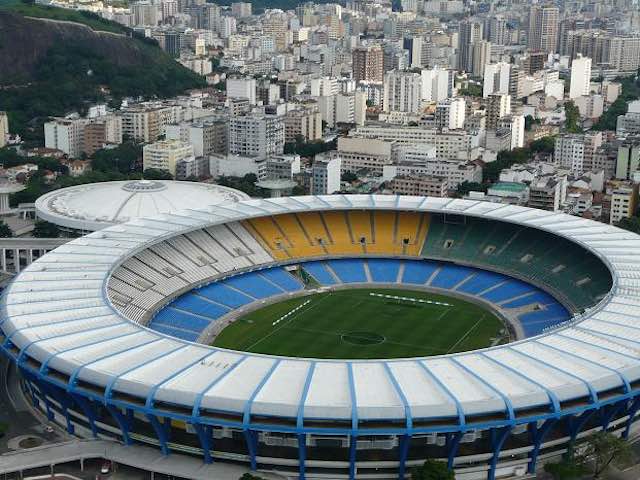Olympic Buildings To Be Disassembled Like Puzzles For Public Parks and Schools

Using a method known as “nomadic architecture”, several of the Olympic structures can be assembled and disassembled like puzzles – this makes it so that instead of rotting and taking up space in the city, they can be contributed towards public spaces and projects.
AECOM, an engineering consulting company that created the master plans for the Olympics has mapped out the event’s “legacy mode” – also known as the plans and processes of cleaning up once the games are over.
“With the legacy vision already in place, the strategy was always to create world‑class sports facilities that would not languish unused after the Games,” says Bill Hanway, AECOM’s Global Sports Leader on the buildings. “This meant looking hard at the business case for each stadium. If it didn’t have a clear role post-Games, it became a temporary venue, with its constituent parts designated for reuse.”
Now that the games have ended, construction crews will start the deconstruction of the building for better use.
The handball venue known as the Future Arena will be used to build four 500-student primary schools in the city’s Jacarepaguá neighborhood while the $38 million Aquatic Stadium where Michael Phelps dominated his races will go towards creating two community swimming centers.
The International Broadcast Center will become a high school dormitory for gifted athletes; the peninsula that featured several game venues will become host to public parks and private development; and the Tennis Center and souvenir shop can simply be disassembled for better use.
Not only are nomadic buildings better for the city’s infrastructure, but they’re also cheaper to build and more environmentally friendly since they don’t require permanent design and materials.